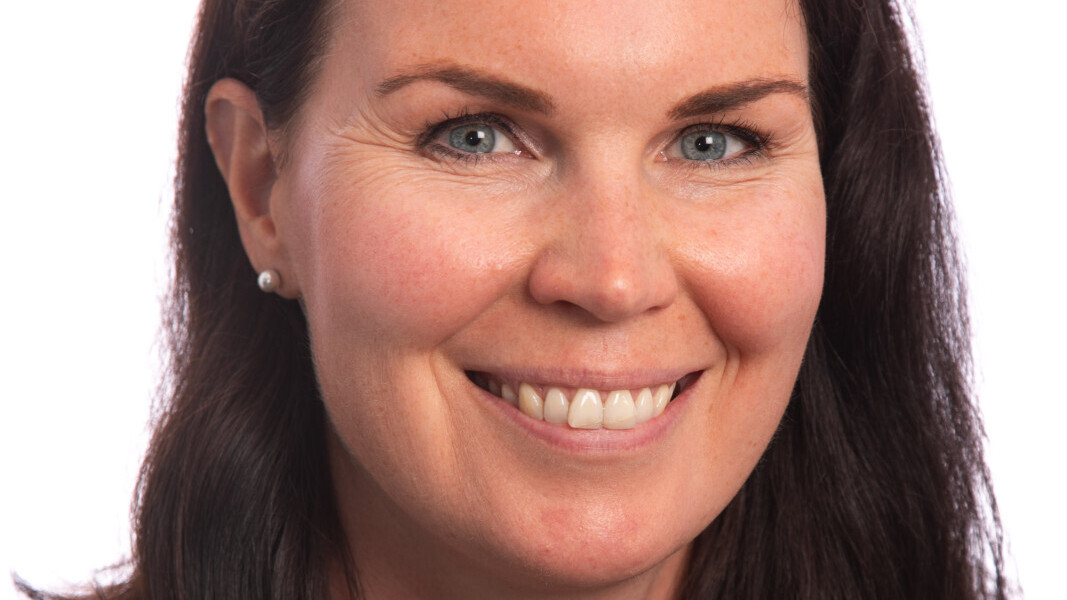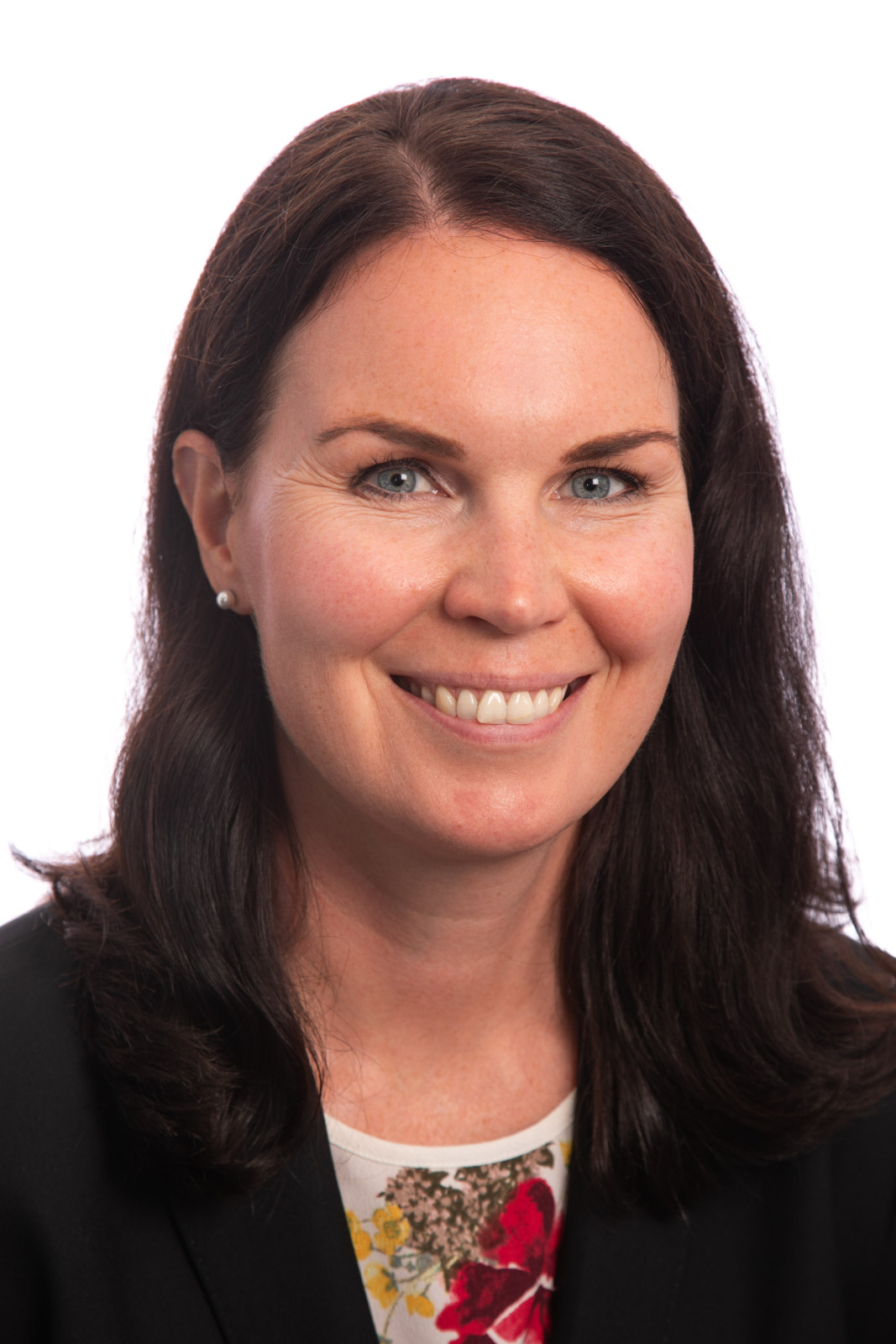
Anna-Stina Wiklund: ‘How we integrate biodiversity criteria across asset classes’
Anna-Stina Wiklund, head of responsible investing at Finland’s €1.8bn Church Pension Fund outlines how the fund applies biodiversity criteria across all asset classes to support its net zero by 2035 target
More than half of the world's GDP depends on the natural resources provided by nature, or in other words ecosystem services. Biodiversity loss, changes in land use and endangered species will affect the companies the Church Pension Fund invests in. The Church Pension Fund has set a net zero target of 2035 and sees that it is increasingly important to not separate these questions from each other.
Biodiversity and climate change are interconnected and mutually influential in many ways. Their relationship is complex and multifaceted, with each affecting the other in both direct and indirect ways. Climate change poses significant threats to biodiversity. Shifts in temperature, precipitation patterns, and extreme weather events can alter habitats and disrupt ecosystems, leading to changes in species distributions, population sizes, and the timing of biological events. Some species may struggle to adapt or migrate fast enough to survive in changing conditions, leading to a loss of biodiversity.
Stewardship in listed markets
Biodiversity plays a crucial role in regulating the Earth's climate. Ecosystems with high biodiversity tend to be more resilient against environmental changes and can sequester more carbon. For example, forests, especially those with diverse tree species, absorb and store large amounts of carbon dioxide, helping mitigate climate change. However, as biodiversity declines due to climate change, ecosystems may become less efficient at capturing carbon, leading to further climate impacts.
At the Church Pension Fund, biodiversity is considered in all asset classes. In 2023, the Church Pension Fund joined the Nature Action 100 initiative, which, together with other signatory investors, aims to influence 100 companies that have a negative impact on biodiversity. The initiative will set requirements for companies in the sectors in the following areas: ambition, assessment, targets, implementation, governance, and engagement. The initiative is valid until further notice and is based on the biodiversity targets also stated in the Paris Agreement to mitigate climate change. The Church Pension Fund will engage with companies it holds directly in the forestry and packing industries.
Illiquid assets
Besides traditional financial instruments like equity and fixed income, the Church Pension Fund invests in illiquid assets like private equity and -credit, hedge funds, property, infrastructure and forests. Investments made in infrastructure have a high concentration towards renewable energy sources. In the property sector improved energy efficiency through technological advancements and building upgrades is encouraged.
As forests are one of the most distinct areas to impact biodiversity and hence climate change, the Church Pension Fund has taken active steps to improve on both areas. The Church Pension Fund holds direct forest properties in Finland and Northern Europe. It is important to lead the way in setting targets on both carbon capturing as well as biodiversity conservation. In collaboration with the Natural Resources Institute Finland (LUKE) we have set targets on increasing biodiversity in the forests we own. The table below shows the actions in more detail:
Action: Level:
- Establishment of natural sites Several hectares
- Permanent saving of living trees Above 30 m3/ha
- Buffer zones (natural sites) Above 25 m
- Saving and producing deadwood 10-20 m3/ha
- Saving and producing deciduous trees 10-20 %
- Saving very large (>40 cm) and old (>150 years) trees 5 trees/ha
- Increasing prescribed burns, controlled burning 0,1% of area /year
The Church Pension Fund already meet all targets but two of them. Permanent saving of living trees as well as increasing prescribed and controlled burns are still a bit lower than the targets. As we pursue a long-term investmen horizon, it is important to have these targets in place and work towards achieving them.
Regarding forest investments it is important to notice that not all actions can be done in all environments. If there are a lot of rocks on the area, it will have an impact on what grows there. Therefore, each area has to be evaluated separately, taking its unique characteristics into consideration.
Anna-Stina Wiklund will be a speaker at this year's Net Zero Investor Annual Conference on 11 December at the London Stock Exchange. Further information about the event can be found below






